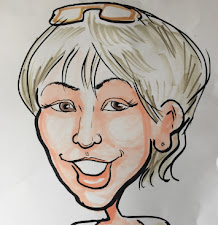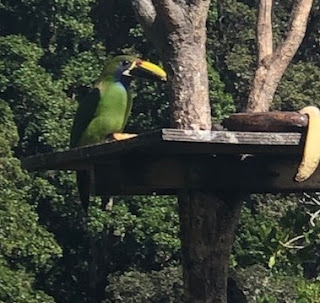Contributed by Karen Cioffi, Children's Ghostwriter
I have children’s ghostwriting clients from all over the world and below is what I’ve noticed.
Keep in mind that these clients can be doctors, therapists, dentists, teachers, parents, grandparents, aunts, uncles, and business owners.
I’ve even had adult children as clients who wanted to turn their father’s story, that he used to tell them as children, into a book.
The one thing all these people have in common is they want to share something.
These people want to share their story, their idea, or their experience.
Usually it’s to share it with the world, but once in a while it’s more personal and they just want to share it with their family and friends.
Another common thread among these people is they’re passionate about sharing their story.
They all have a need to get their story out there.
I can be juggling six or seven clients a month and what I’ve noticed is that there are a few themes that keep repeating themselves.
5 Common Themes in Children’s Writing
1. Be yourself.
A lot of adults want children to know that it’s okay to be themselves. Uniqueness and individuality is a big thing now.
- Children don’t have to pretend to be someone they’re not.
- They don’t have to follow others just to fit in.
- Being unique isn’t something to be feared.
2. Bullying
This is another strong theme. Adults want children to know they have options and help if they’re being bullied.
- Children who are being bullied are not alone.
- They need to seek help if they feel overwhelmed by the bullying or if they can’t handle it.
- They shouldn’t put up with any form of bullying.
3. Diversity
Adults want children to know they’re a part of a big world. One that has all types of people in it. And to be a good citizen of the world means to accept everyone as they are.
- Children should be kind to everyone.
- They should try to understand people who are different than they are.
- They should show tolerance toward others.
- Under the exterior, we’re all the same.
4. Friendship
Adults want children to learn the importance of friendship.
- Children should be a good friend to have good friends.
- They should learn how to make friends.
- They should appreciate their friends.
5. Being a good person
This is one of the oldies. Adults want children to know what being good means. They want to show children what the consequences can be if they aren’t.
This theme can cover anything from being mean, to lying, to stealing, to cheating, to not sharing, to …
Think Peter and the Wolf.
Then you have the person who simply wants to entertain children or give them a glimpse into what their life was like growing up.
There are also the professionals who want to help children through stories.
Others may have a passion about a subject and want to kindle that passion in children.
Everyone has their own reasons for wanting to have their story written.
And, of those who want to be author of their own children's book, many don’t have the necessary writing skills or time to write. These are the ones who are willing to invest in their dream of becoming a published author.
About the Author
Karen Cioffi is an award-winning children’s author and children’s ghostwriter, rewriter, and coach with clients worldwide. She is also the founder and editor-in-chief of Writers on the Move, and an author online platform instructor with WOW! Women on Writing.
Karen’s children’s books include Walking Through Walls and The Case of the Stranded Bear. She also has a DIY book, How to Write Children’s Fiction Books. You can check them out at: https://karencioffiwritingforchildren.com/karens-books/. If you need help with your children’s story, visit: https://karencioffiwritingforchildren.com.
MORE ON WRITING AND MARKETING
Writers: Enter Writing Contests
Location, Location, Location
10 Ways to Find Podcasts Where You Can Pitch Yourself
LIKE THIS POST? PLEASE SHARE!




















